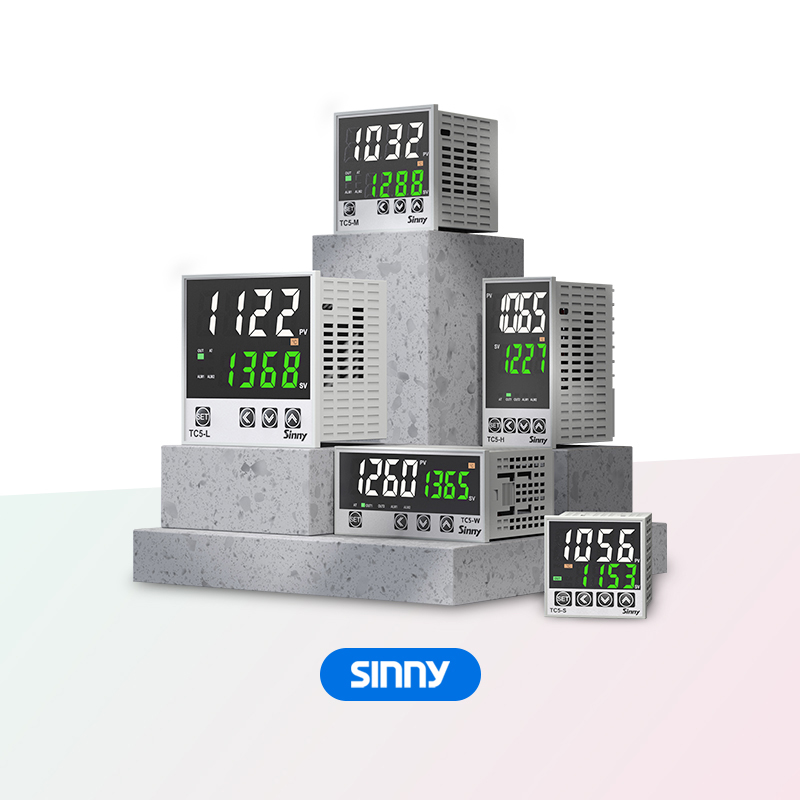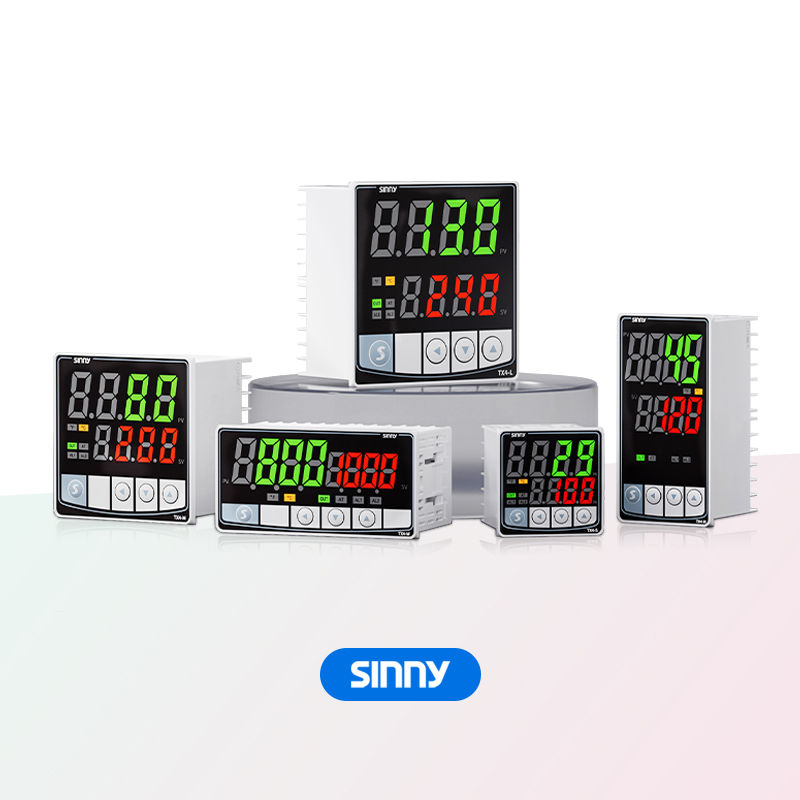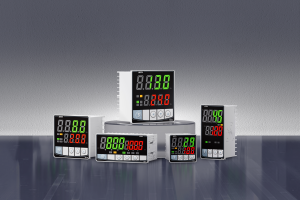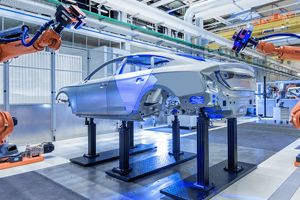What are the components of a temperature control system and what are their respective uses? A comprehensive Guide to
What are the components of a temperature control system and what are their respective uses? A comprehensive Guide to -
A thermostat is generally composed of a temperature sensor, a controller, a signal line and an actuator
1. Sensor: Commonly known as the "eye for measuring temperature", a sensor generally consists of thermocouple wire, platinum resistance, semiconductor chip, thermistor, signal processing unit, and is externally equipped with a metal casing, ceramic base, and insulating coating. This is the traditional contact sensor. Its main function is to sense the temperature through the probe and transmit it to the temperature controller sensing element, so as to achieve the purpose of monitoring and detect the temperature of the surrounding environment or target equipment.

2. Controller: Commonly known as the "decision-making brain", it formulates instructions by receiving signals transmitted by sensors and controls the sensors to execute the ----- control panel
3. Signal line: Commonly known as "signal telephone line", it is mainly used for signal transmission between the sensor and the brain of the temperature controller. The sensor acquires the "actual value" and transmits it to the temperature controller. The temperature controller makes adjustments after judgment and transmits the "target value" to the sensor through the signal line

4. Actuator: Commonly known as the "hand that does the work", when the information transmitted by the signal line reaches the temperature controller, the actuator, a component of the temperature controller, immediately executes the naming of the temperature controller based on the difference between the "target value" and the "actual value"
2. Sensor
Common sensors include thermocouples and thermal resistors. In high-temperature scenarios (above 1000℃), thermocouples K, E, and J are generally chosen, which are more frequently used. In medium and low-temperature scenarios (200 to 800℃), resistors PT100 are mainly selected. Good sensors have certain advantages in the accuracy of feedback signals. If there is a demand for high precision, Please choose the thermostat and sensor carefully
3. Controller ------ "actual value" "target value"
Taking the calculation instructions as the core and correctly adjusting the instructions is the key to achieving "precise temperature control"
The core of its operation lies in one of its micro-components, a processor and a chip. A good processor and chip directly affect the speed and accuracy of the operation data. The PID algorithm is used to calculate the temperature deviation, deviation accumulation, deviation change rate and the amount of adjustment quantity. The actuator is dynamically sent to output instructions to achieve self-diagnosis and self-adaptive adjustment of the controlled object
- A Comprehensive Guide to Medical Technology for Temperature Controllers
- Types of temperature controller A Comprehensive Guide





















